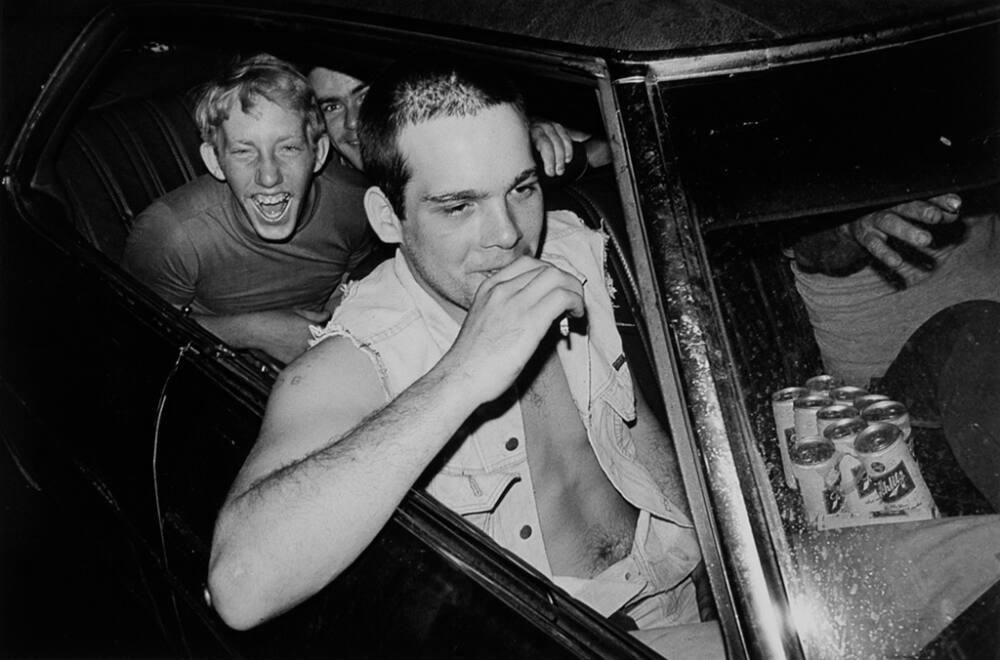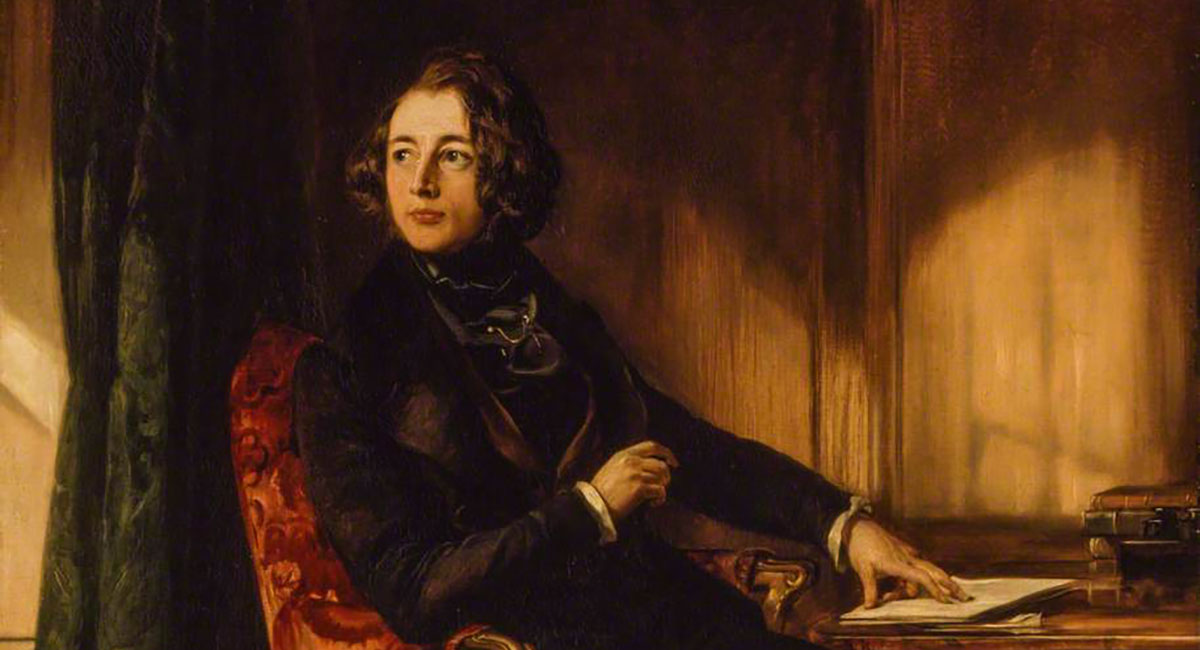My old friend John Kenney is a brilliant ad writer. He has created national campaigns that you would instantly recognize and Super Bowl spots, and traveled widely to research and shoot them. After twenty-plus years in advertising, he has a pretty good sense of what works and what doesn’t.
Last weekend John sent me an email that I’ve been thinking about ever since. He pointed out a two-page ad that appeared in last week’s Times Book Review for Henning Mankell’s new thriller, The Man from Beijing. The ad was unusual in that it consisted almost entirely of a long, closely printed excerpt from the opening chapter of the book, framed by an eye-catching red border. John’s comment (which he has oh-so-graciously allowed me to reprint here):
The really smart thing — rule 1 of a good ad — is that it shared the benefit of the product with me. A review doesn’t do that. I was able to read the words, get a feel for it, experience it.
This is the sort of thing that seems obvious once you hear it. Who has ever bought a book because of a cherry-picked snippet from a review? Or because of a blurb? (I once heard Robert Parker say, only half joking, that he would read a book or blurb it, but never both.) Even the graphics in an ad, while they may get you to stop skimming long enough to look at it, do not allow you to experience the book itself. Yet these are the staples of book advertising: reviews, blurbs, and pretty pictures.
Of course, there are budget and thus space constraints with print ads. Not every book will be supported by a two-page spread in the Times Book Review. Still, it is odd that publishers insist on building their ads out of things that mean so little to the target audience when, with a simple cut-and-paste, they could let the reader try out the product in a way that car makers, say, cannot.

